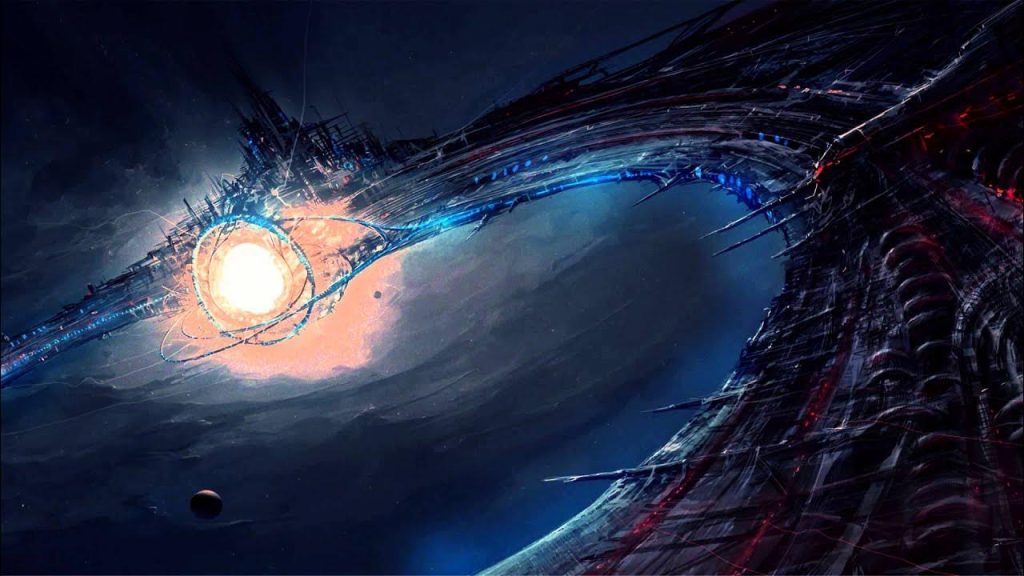Quick Links
Useful Links
- Services
- Privacy Policy
- Terms & Condition
- Contact Us
Get in Touch with Us
- support@dummyEmail.com

“A reader lives a thousand lives before he dies. The man who never reads lives only one.” From the very first page of Sword, Crown, and Quill by Allen “Reign” Odom, readers are pulled into a world that doesn’t just exist on paper—it breathes, it thrives, and it envelops you completely. This isn’t just a story; it’s an experience, a gateway to a carefully crafted universe where magic and technology interconnect, where social structures mirror our own world’s complexities, and where every street, every character, and every rule of nature feels tangible. World-building is the backbone of fantasy fiction, the foundation upon which unforgettable stories are built. And in Sword, Crown, and Quill, Odom has created a world so immersive, so richly detailed, that it stands tall among the finest fantasy regions ever conceived. Whether you’re a seasoned fantasy reader or new to the genre, the way this book brings its world to life will leave you in awe.
Fantasy worlds are not just about dragons, magic, and sprawling kingdoms. They are about believability—about crafting a setting so elaborate and detailed that readers forget it’s fictional. Odom does exactly that by embedding rich layers into his world, from the bustling streets of the City of Ether to the gritty, dangerous lower districts where Malik, the main character, struggles to survive. One of the strongest elements of Sword, Crown, and Quill is its use of Ether, a mysterious and omnipresent force that powers the city, governs technology, and determines social hierarchy. The concept of Ether is effortlessly integrated into the world, much like electricity in ours—some have it in abundance, others have little to none, and those without it are cast aside. This mirrors real-world themes of privilege and access to resources, making the world feel not only immersive but also deeply relevant. Odom ensures that his world isn’t just a backdrop; it is a living entity. Cities pulse with energy, streets have distinct smells and sounds, and every culture within the world has its own customs and technological advancements. Readers don’t just read about this world—they walk through it, experiencing every sensation alongside the characters.
A well-crafted world is not just about landscapes and magic—it’s about the people who inhabit it. In Sword, Crown, and Quill, the division of society is one of the most striking aspects of the world-building. The hierarchy is clear: those with access to Ether live in prosperity, while the “dregs,” like Malik, struggle for survival in the Lower District. This division echoes real-world class struggles, where the powerful hoard resources while the underprivileged fight for scraps. Malik’s journey is not just a personal battle for survival; it’s a reflection of systemic oppression, of how societies often determine worth based on arbitrary advantages. Odom uses this conflict not just to drive the plot forward, but to make readers question the fairness of social structures in their own world. The Guild, a powerful organization that controls trade, technology, and even people’s futures, adds another layer of depth. The Guild’s strict rules, taxes, and enforcers dictate who succeeds and who remains in poverty, making it a formidable force that Malik must manage carefully. Through this, Odom highlights how power is maintained not just through strength, but through control of resources and laws—an idea that resonates far beyond the realm of fiction.
Perhaps one of the most fascinating aspects of world-building in Sword, Crown, and Quill is the use of the mask—an object that starts as a symbol of oppression but gradually becomes integral to Malik’s evolution. Initially, Malik is forced to wear the mask, an object that marks him as different, as someone to be controlled. It is a tool of suppression, much like how societies throughout history have marked or branded the marginalized. However, as the story progresses, the mask transforms from a sign of submission into something powerful. It becomes a source of knowledge, survival, and even strength. This shift is a brilliant example of how world-building can be used to deepen character development—how a single object can represent both imprisonment and liberation. It’s a proof to Odom’s ability to fuse together world-building and character arcs flawlessly.
One of the most intriguing aspects of Sword, Crown, and Quill is its blend of technology and magic. Many fantasy novels choose one or the other, but Odom masterfully combines them, creating a world where Ether functions both as a magical force and a technological power source. Malik, an engineer from another world, is thrust into a city where technology is driven by magic. Instead of using spells or brute strength, he relies on his understanding of mechanics to survive. His inventions, including an exoskeleton brace, showcase how science and magic don’t have to be at odds—they can complement each other in fascinating ways.
In the crowded landscape of fantasy literature, Sword, Crown, and Quill shines as a masterclass in world-building. Allen “Reign” Odom has created a universe that doesn’t just exist in the imagination—it demands to be explored, felt, and understood. If you’re looking for a fantasy world that feels as alive as the real one, Sword, Crown, and Quill is the book you’ve been waiting for. Get ready to step into a world where power is fluid, survival is a battle, and the line between magic and technology is razor-thin.
we’ll send you a nice letter once per week. no spam.
© Copyright 2025 allen odom . All Rights Reserved